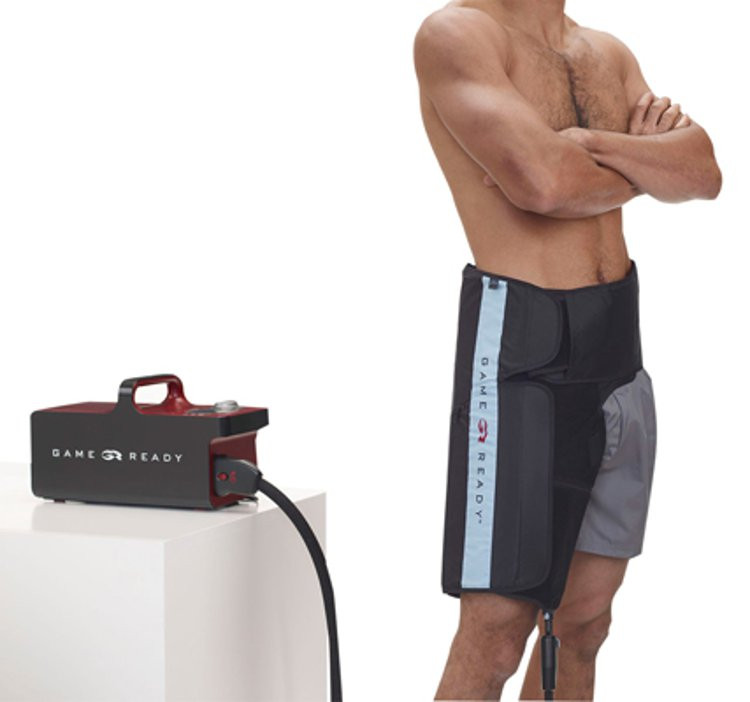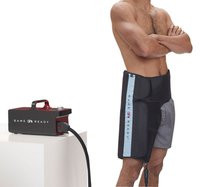 8th Feb 2016
8th Feb 2016
How to Successfully Treat Groin Strain in Physical Therapy
When someone experiences groin strain, they’ve experienced a tear to the adductor muscles of the hip. There are 5 groin muscles (adductor brevis, adductor longus, adductor magnus, gracilis and pectineus) and these muscles may be injured when they are in a stretched position, but also if they are forced to contract suddenly. For example, tripping slightly while running can be enough to cause groin strain.

Symptoms of a groin sprain are
- Pain in the injured area without activity
- Pain in the injured area with activity (simply standing can make the injured leg hurt)
- Swelling in the groin
- Experiencing a feeling of weakness in the inner thigh.
In physical therapy, groin strains are graded: one, two and three with testing to determine the severity of the injury to the muscle and tendon fibers. Grade one groin injuries may only take up to three weeks to recover while a grade three injury could require four to six weeks with physical therapy treatment to recover.
How to Treat Groin Strain in Physical Therapy
- Rest: All groin injuries, regardless of grade, require rest for successful recovery. Returning to daily activities can hamper successful recovery so it’s important to encourage patient’s to take the time they need to refrain from certain activities to let their body heal.
- Cold Compression Therapy: To effectively treat swelling and pain, cold compression therapy delivers cold therapy
 deeper into damaged tissues, while the active compression speeds up recovery by improving circulation to the muscle tissues while they repair themselves.
deeper into damaged tissues, while the active compression speeds up recovery by improving circulation to the muscle tissues while they repair themselves. - Therapeutic Exercise: After the required rest period (at least 5 days) gentle and therapeutic exercises are added to treatment in order to restore hip range of motion and strength.
- Practicing Sports Specific Exercises: When working with athletes, especially professionals, their jobs may include the very activity that injured them. Using sports specific exercises to improve coordination, strength and flexibility will reduce the possibility of strains.
Once pain has disappeared and strength has been regained, patients are encouraged to take a gradual approach when it comes to returning to activities and sports. Patient education is key towards avoiding a repeat injury, so make sure that patients understand that if they experience any pain once they’ve returned to activity, chances are high they have reinjured the muscle and should cease immediately.
That being said, it is absolutely possible to completely recover from groin strain and return to regular activities. The key to successful recovery from groin strain lays in large part to patient compliance to the physical therapy regimen outlined by their therapist and a slow and steady course of treatment.





